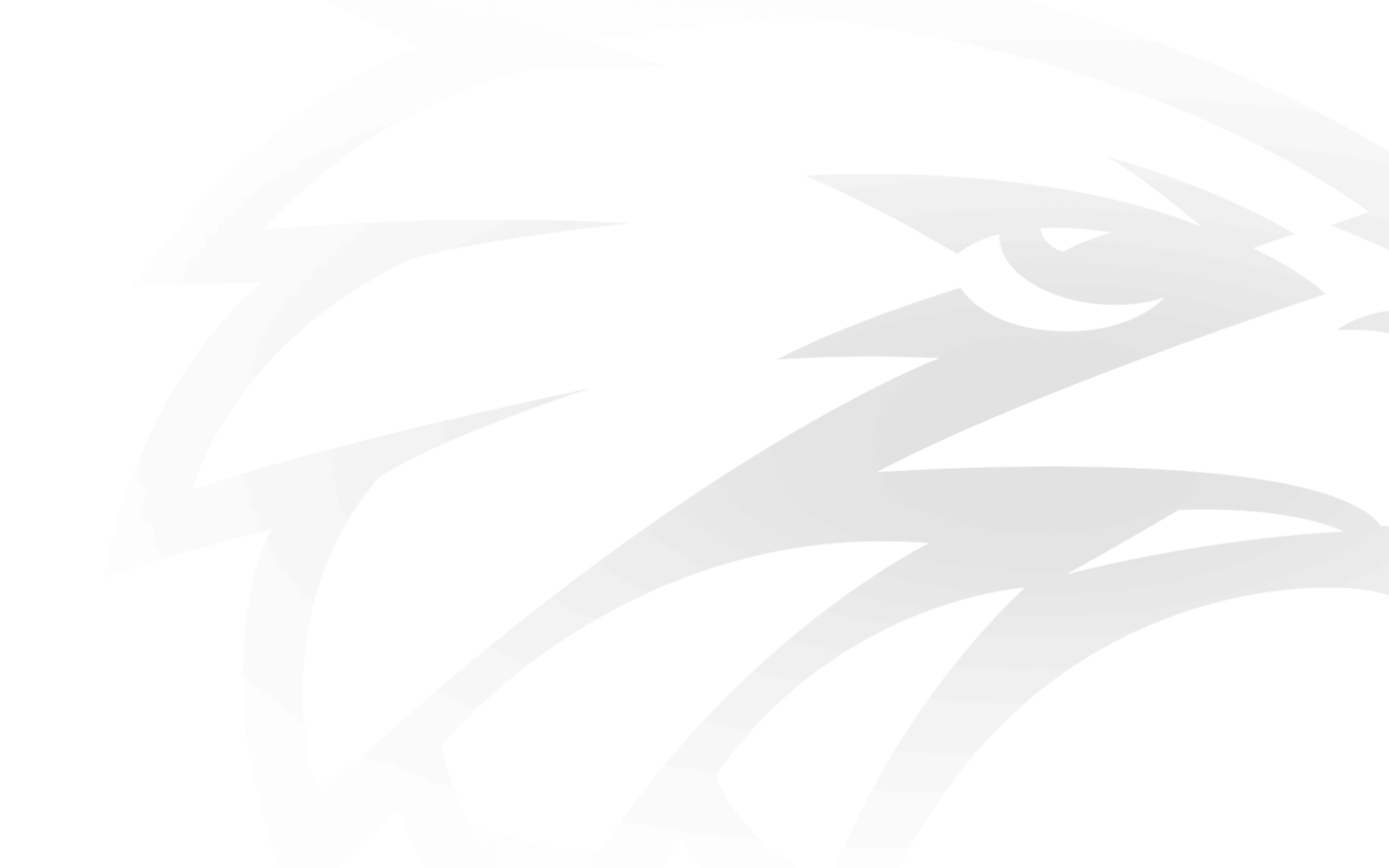There’s always a chill factor in Tasmania. Even in summer.
On Wednesday in Hobart the temperature peaked at 11 degrees. It was damp too. But no one was feeling it.
Warm smiles all around the city took the edge off the conditions; melted the icicles dripping from the noses of locals and visitors alike. It was a landmark day for the Apple Islanders.
Finally, an Australian football heartland, frozen out of the main game for decades, was getting a chance. Four days after the Federal Government announced $240m in funding for a new stadium at Hobart’s Macquarie Point, the AFL completed the paperwork committing to a Tasmanian team in the competition in 2028.
Years of lobbying and being snubbed in favour of other ‘markets’ are over.
Even from 3500km away the excitement was palpable. Instead of paying for the ‘privilege’ of having Victorian clubs play ‘home’ games on the picturesque island, they can now field a team that is truly their own.
Hawthorn and North Melbourne have played matches in Tassie for the last 20 years. And before them, Fitzroy who unfortunately have gone the way of the Tasmania Tiger and are now extinct, have all provided a small taste of elite football.
The locals have embraced the de facto relationships, but they preferred the formality of a marriage. After a five-year engagement they will finally have their wedding day.
The emotional outpourings of Tasmanian legends like Royce Hart, Jack Riewoldt and Matthew Richardson – and their kinfolk – rammed home what this deal means to their State.
Their raw insights could resonate with WA football fans. For decades the best players from this State were lured across the Nullarbor by lucrative contracts and the opportunity to play in the VFL.
We even had to endure those local champions donning the Big V in State matches and belting those stars who remained here and wore the iconic Black Swan.
Of course, all of that changed in October 1977 with the first State of Origin match, the brainchild of Subiaco administrator Leon Larkin, occurred at Subiaco Oval. It was the precursor to a so-called national competition a decade later.
The birth of the West Coast Eagles garnered similar emotions among parochial West Australians to those emanating from Tasmanian aficionados this week. Perhaps even more so.
At least leading into the 1986 when WA was granted a licence to join an expanded VFL competition – along with Brisbane – we had the pleasure of beating Victoria regularly in State football. Those representative matches in 1983, 1984 and 1986 and the ecstasy of despatching Victoria still warms the heart.
It was my good fortune to be at the Merlin Hotel on Adelaide Terrace, now the Hyatt, when the identity of the team out of the West was revealed.
Vivid memories of that night remain entrenched. Players and coach Ron Alexander emerging on stage from the cover of a thick smoky haze; an arsenal of machines pumping out clouds as thick as a Hobart fog.
The colours, the logo and the name. It was a great night and a momentous start to the club’s existence.
One of the primary motivators behind the decision by football’s powerbrokers in this State to be part of the expanded VFL competition was the annual player drain and the financial impact that was having on the WAFL.
A number of local clubs were surviving hand to mouth.
Tasmania’s exclusion from the AFL has had a detrimental impact on participation numbers and the knock-on effects have hit the viability of various competitions across the State.
Wednesday’s announcement looms as the fillip the game needs in our southernmost State. The game has been wilting over there but it should now regenerate. That should excite all football fans.



